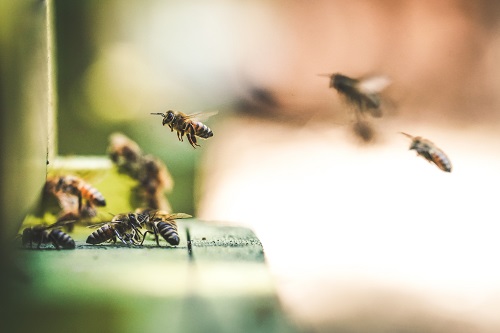Plants options for your backyard pond that grow only in water
“Love is to People, like Water is to Plants”
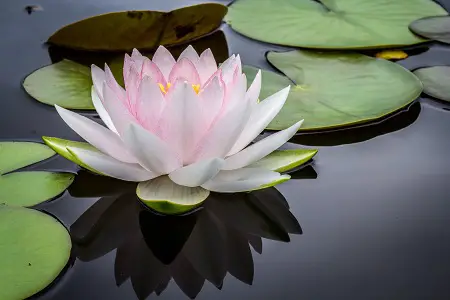
Water plants are also called aquatic plants, hydrophytic plants, or hydrophytes. They grow partially or completely in water. Some are rooted in the soil like a lotus or some can float without anchorage.
They can be found in salty or fresh water. Aquatic plants are the species that generally thrive in water or wet environment.
Aquatic plants utilize fewer resources to prosper, such as they do not need much soil or mud to grow, water loss is not their suspicion because they reside in the water, they do not need any extra protection and care to survive.
Types of water plants
There are different types of aquatic plants found in the plant kingdom. Some are found in the ponds and aquariums. They are different from one another in nature and lifestyle.
Aquatic plants of the pond
Different varieties of pond aquatic plants include grasses, rushes, reeds, lily pads, iris, pickerel plant and arrowhead, shoreline shrubs, and trees.
Water Lilies are the most widely known water plant, Most species of water lilies carry rounded, variously pointy, waxy-coated leaves on tall trunks that surround many air openings and float in peaceful freshwater habitats.
Aquatic plants of aquarium
Underwater plants are utilized to provide the freshwater aquarium with a biological aspect, oxygenate the water, absorb ammonia, and give habitat for fish, particularly (babies) and invertebrates.
Indoor Water Plants
The procedure of developing plants without soil is called hydroponics. It’s simply growing plants in water. Plants that can be cultivated in water must take out oxygen from the oxygen dissolved in the water. … It is also valid to grow plants hydroponically. Hydroponically grown plants are grown in a solvent of water including crucial plant nutrients.
Some plants only grow in water, these are as follows;
- The Chinese Evergreen
- English Ivy. …
- The Peace Lily.
- Philodendron Plants. …
- The Pothos Plant. …
- The Spider Plant.
African violet
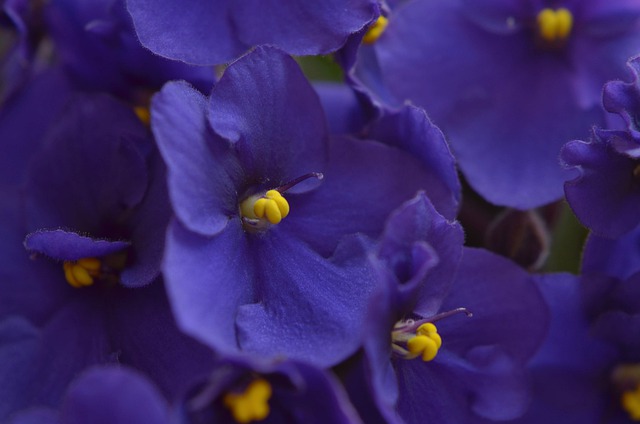
African violets are probably the vastly prominent blooming houseplants that prospered in the world today. There are many advantages to this: The plants naturally flower year-round, providing a practically continual spectacle of flowers. They need similar temperatures humans find livable, preparing them easy to raise in our homes. So limited sunlight causes them to spread for the light and propagate few or no blooms; too many rays can burn the leaves.
Baby’s tear
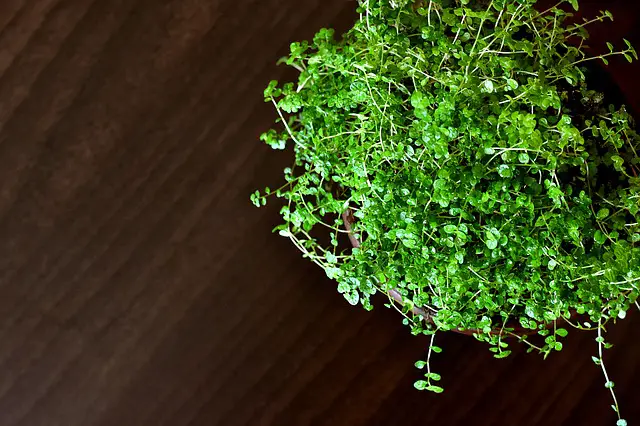
Baby’s Tears plants like bright, delicate light but no bold sun. Maintain the soil of a Baby Tear’s plant moist but never soggy. If the soil remains extremely moist, the roots and stems die. Nourish every two weeks in the spring and summer when a Baby’s Tears plant is busily growing.
Baby’s tears are manageable to look after once you get their moisture, humidity, and light disclosure correct. They need daily, constant watering and fertilizer—so they are not poorly maintained.
Begonia
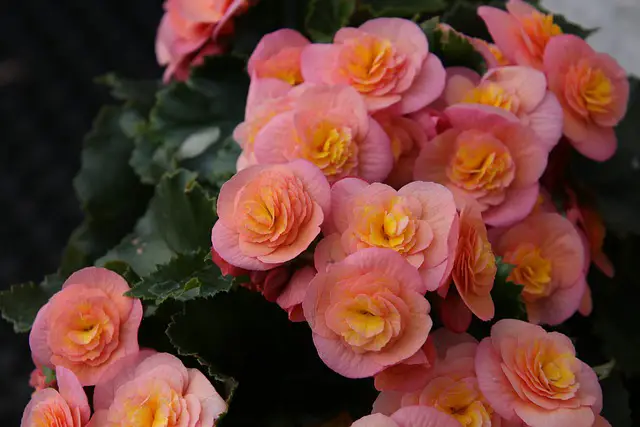
Begonia plants are famous for their annual bedding plants outdoors and as houseplants indoors. There are about 1500 different begonia categories born to tropical regions worldwide, containing Central and South America, Asia, and Africa.
However, its supreme toxic parts are underground, it is nevertheless best to keep begonias out of the approach of your pets. It can cause upchuck in dogs and cats and can be more hazardous for horses and scraping animals.
Coleus
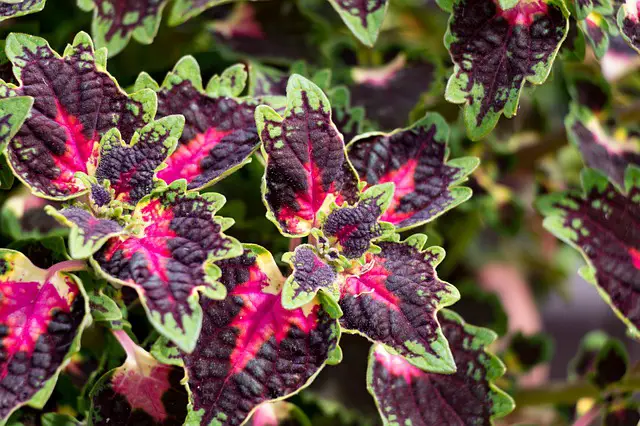
The coleus plant contains square stems and little, blue, two-lipped blooms borne in spikes. The leaves are continually variegated with colorful forms of magenta and green, though other color varieties have been cultivated. Mutual coleus (Plectranthus scutellarioides) thrives for its impressive greenery.
If it is taken by mouth, coleus is used to deal with allergies, dry eye, skin conditions such as eczema and psoriasis, obesity, painful menstrual periods, irritable bowel syndrome (IBS), urinary tract infections (UTI), bladder diseases, advanced cancer, blood lumps, sexual problems in males, difficulty sleeping (insomnia).
Impatien
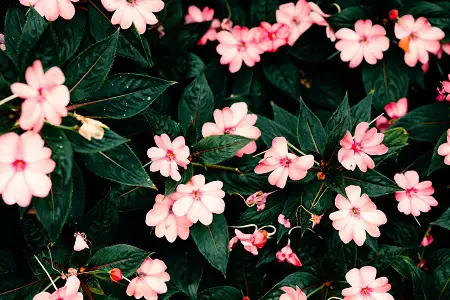
The Impatiens walleriana, generally called impatiens or Bizzy Lizzy, is the great common annual bedding plant in the U.S. today. For easy-to-grow, non-stop blooming in shadowy climates, it has no equal. It is a bushy, succulent-stemmed tender annually that grows in a spreading pile to 6-24” tall relying on the variety.
Lucky bamboo
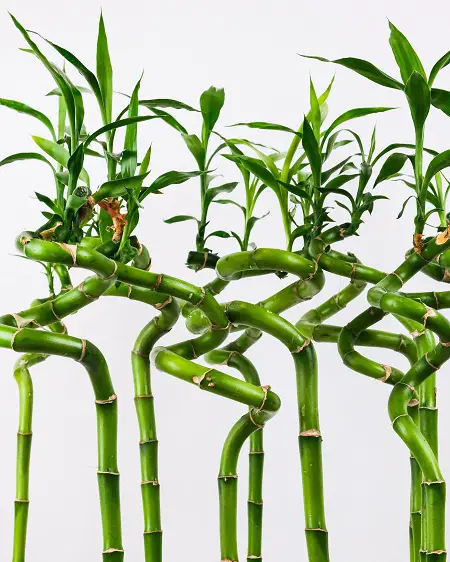
The lucky bamboo plant is one of the greatly distinguished Feng Shui treatments said to bring good luck and success to the place where it is grown. It is also comprehended to strengthen the flow of optimistic energy in the house and office when positioned in the proper direction.
Three types of lucky bamboo according to the pigmentation of their leaves, including Green Lucky bamboo, Natural, Gold, and Silver. The Lucky bamboo can be a great indoor plant because it can withstand light shadow and indirect sunlight. Nevertheless, your bamboo will thrive bigger when disclosed to bright light.
Spiderwort
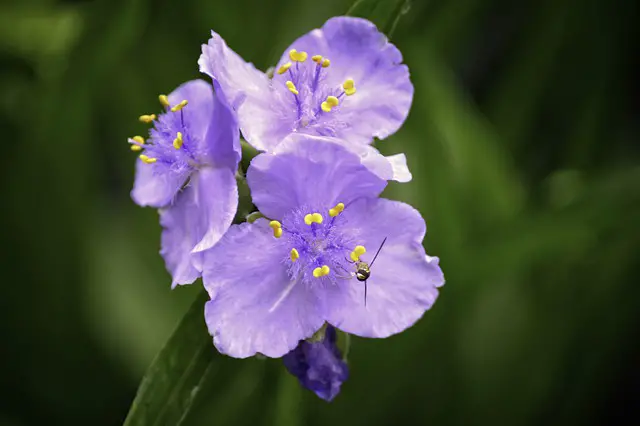
The Spiderwort plant is not only attractive, but it is also edible. Use the buds fresh on a salad or candied for a sweet delight. You can eat the leaves and stems raw and leaves can also be simmered. The leaves are mucilaginous; the “juice” can be utilized to heal the insect bites in the similar way one would use aloe.
Why choose plants that grow in water?
Plants cultivated hydroponically can consume 90% less water than those prospered in containers of soil. In several cases, houseplants can prosper in water indefinitely as long as you give what they need to keep on growing.
Aquatic plants are also recognized as oxygenating plants because they purify pond water and keep it clear and algae-free. In addition, they filter out impurities in the water to keep it protected for all the several species that inhabit ponds. Their leaves furnish shelter for fish and release oxygen into the water.
Plants that prosper in water need less care
Cultivating plants in water enables you to handily monitor nutrient statuses and put in more if necessary. It is also actually simple to see whether or not your plants are fetching sufficient water. This will assist you to make sure you are not over-or under-watering your plants.
With hydrophobic procedures, nutrients are more effortlessly accessible for the plant to consume. The agriculturist can monitor light, heat, nutrients, hydration, insects, and all other elements of the growing cycle. This indicates the whole cycle can be facilitated for larger, faster-growing plants with a higher output.
Less mess of soil
Most water plants do not require soil to thrive. Wash out the roots of the plant with water to reduce any soil or debris before putting in it the pond. Place floating plants on the surface of the water to enable them to drive voluntarily around the pond.
No soil
Hydroponics is a kind of horticulture and a subset of hydroculture which implicates thriving plants, usually crops, without soil, by obtaining mineral nutrient solutions in an aqueous solvent. … Hydroponics gives many advantages, notably a reduction in water usage in agriculture.
Fewer pests
Water plants on the pond rack don’t tend to grieve from many insects or conditions but aphids may influence delicate and pulpy leaves like those of the Alisma or Pontederia variety. As the plants are in baskets – perish the aphids by dropping the basket so that the leaves are submerged for two or three days.
Easy to propagate more plants
Maximum Aroid plants can be reproduced in water, involving pothos plants, philodendrons, monsteras, and ZZ plants. These plants emerge from a predecessor that lived in wetlands, so being able to modify to flooding situations and still be able to prosper was basic to survival.
Make an elegant display of water plants
Wash out aquarium stones completely in water using a sieve until the water moves clear. Soak aquatic plants in water. Carefully plant seedlings in aquatic potting mix and cover with stones to preserve.
Our suggestions for containers for water plants-
Vases
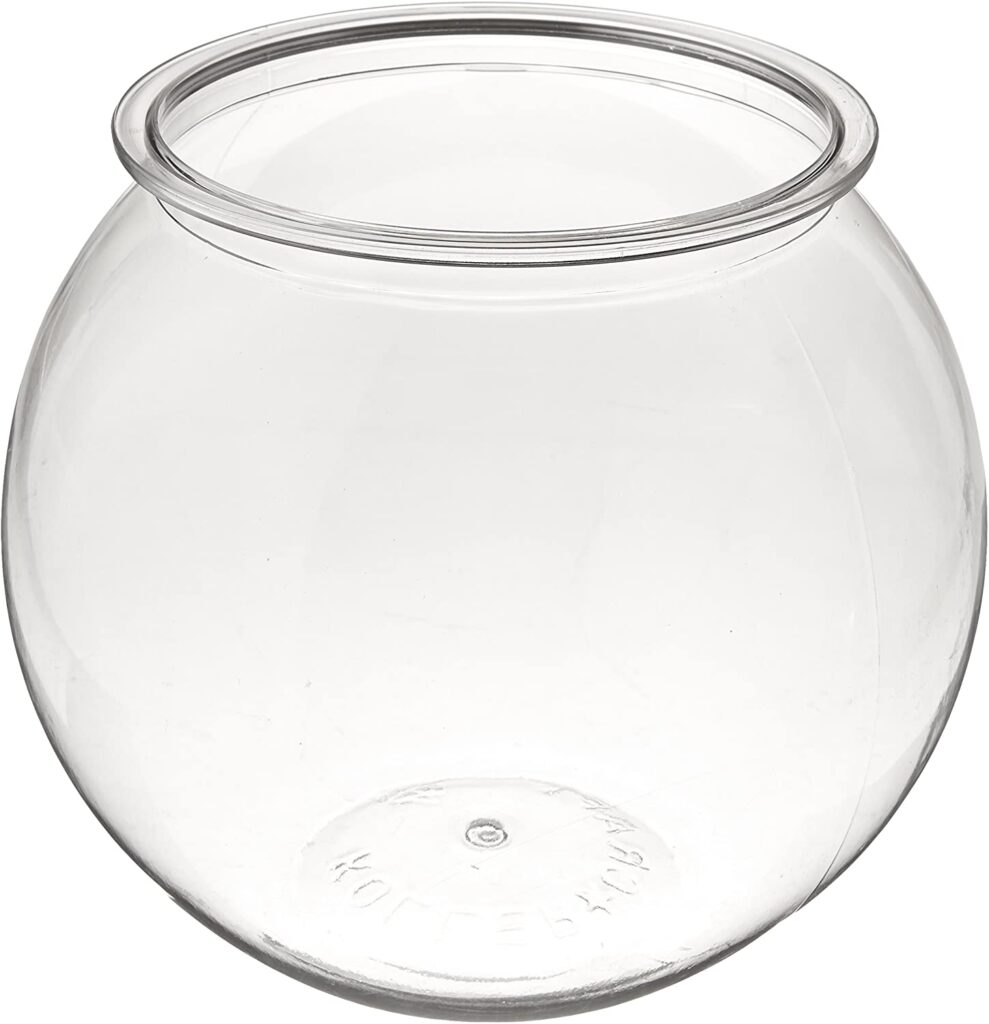
Plenties of plants stay just good in glass jars as long as they are restored with water. You do not have to put soil in them, however, unless they have drainage cavities; oppositely, roots will decompose. If you cultivate them in water, you will need to alter the water once a week to prevent the growth of water mold.
Test tubes
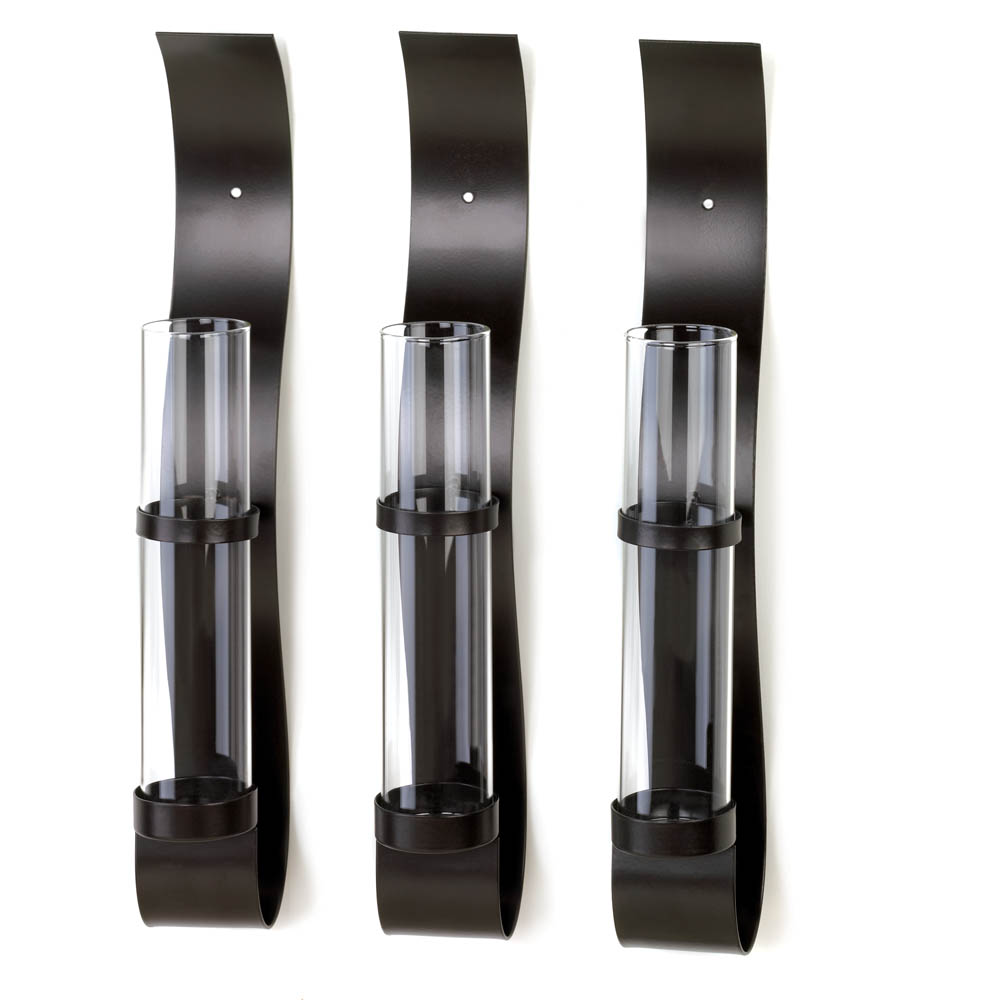
To allow the seeds their adequate probability, organize your plant light so it focuses right at the test tubes, and disclose your tubes to light for many hours a day. Since the tube spaces are so small, an eyedropper or sprinkle bottle is a good suggestion for watering.
Wall vases and vessels
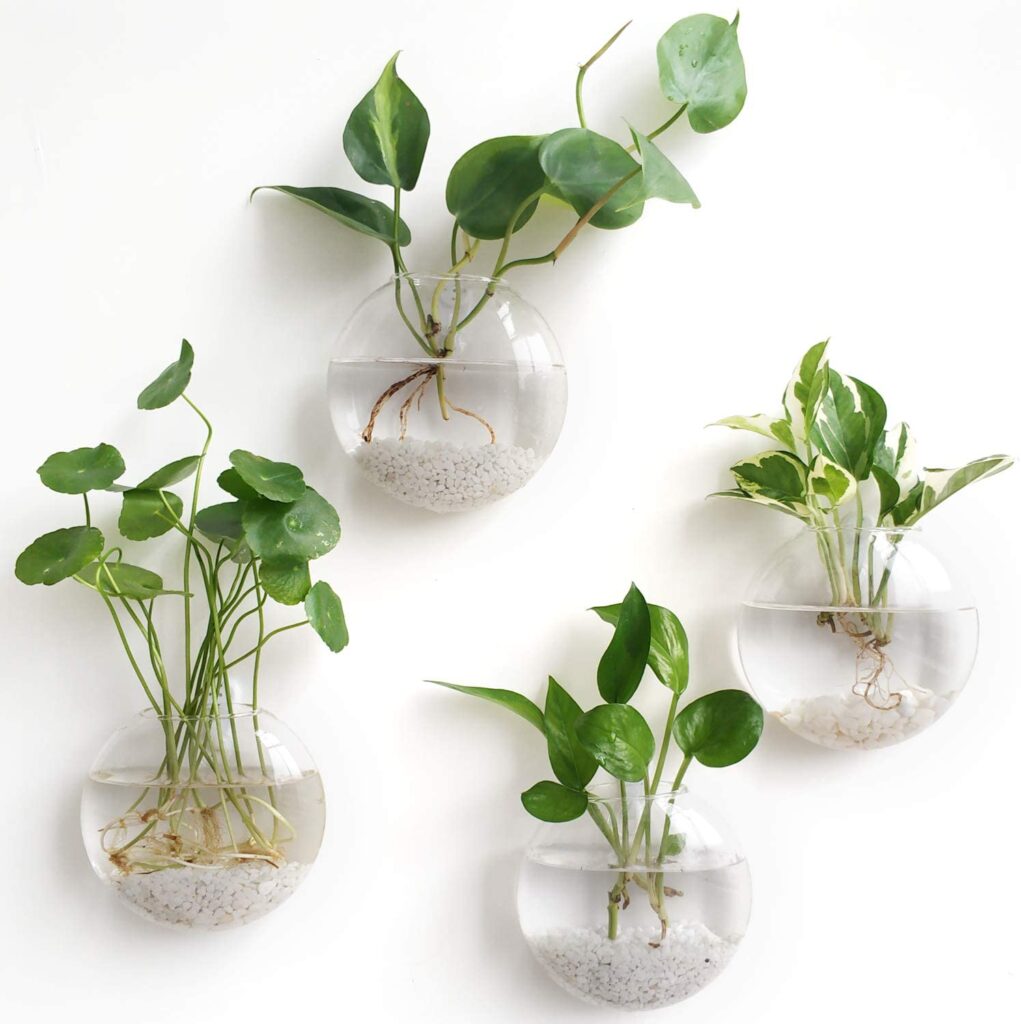
These fascinating wall hangings are signified to hold vines or to root ivy or other plants. Some of the useful indoor plants that are aesthetical contain herbs, spilling vines, and succulents.
Fertilizers for water plants
Solely add a decent quality, water-soluble fertilizer to the pot every moment you alter the water – usually every four to six weeks, or shortly if half of the water has vaporized. Use a soft solution consisting of one-quarter of the stability recommended on the fertilizer bottle.
Industrial fertilizer for water plants
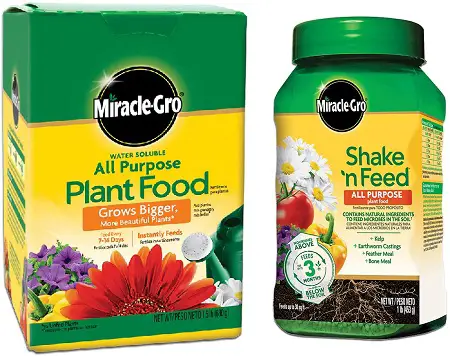
The Miracle-Gro Water Soluble All Purpose Plant Food and Miracle-Gro Shake ‘N Feed All Purpose Plant Food bundle will give rise to your garden, essential nutrients that enable feed and nourish flowers, vegetables, trees, shrubs, and houseplantsMiracle-Gro Shake ‘N Feed All Purpose Plant Food is formulated to help grow stronger, vibrant, and more productive plants (versus unfed plants). Miracle-Gro Water Soluble All Purpose Plant Food ripens larger, additionally lovely plants (versus unfed plants)Miracle-Gro Shake ‘N Feed plant food feeds microbes in the soil that break down natural ingredients into nutrients that support root strength and development which increases water efficiencySafe for all plants, in-ground or containers, all season long.
Homemade fertilizer for water plants
The powder-based homemade aqueous plant fertilizer can be prepared to mix a 3:3:2:1 ratio of Epsom salt, potassium sulfate, and saltpetre. A plant fertilizer should be put into the aquarium in small amounts. 1 teaspoon per 10 gallons of water is a suitable preliminary dose.
Fish emulsion fertilizer
The Fish emulsion is suitable for several uses in the garden but is most useful as a grass fertilizer in earlier spring and to nourish leafy green vegetables due to its increased nitrogen volume.
Compost fertilizer
Compost fertilizer is a mixture of elements used to fertilize and boost the soil. It is normally formulated by decaying plant and food junk and recycling organic substances. The developing mixture is vibrant in plant nutrients and useful organisms, such as worms and fungal mycelium.
Tea water
Plant teas are a little different from the tea we consume every day in that you don’t have to boil the water. Most are prepared by solely saturating the herbs for various days in a big bucket of water.
Banana peels as fertilizer
Soak two to three banana peels in approximately 500ml of water for some days. The minerals will mix into the water, which then you can utilize as it is for your plants, with no necessity to dilute. Provide the soaked peels to your worms or put them in the compost.
Fertilizer water
To protect your aquatic plants and keep fish healthy, you need to give nutrients and minerals. The DIY aquarium fertilizer is one of the useful ways to do so. By obtaining distilled water, dry salts, and trace minerals, you can formulate a fertilizer that your plants will use to cultivate healthily.
Experts’ Advice
Plants either aquatic or terrestrial are always good for health and environment. They bring so many health and therapeutic benefits in our lives. The best thing about plants is they bring so many advantages with such minimal effort. So, let’s get some awesome insights about what plants grow in water and how you can grow them. Happy Planting!.

